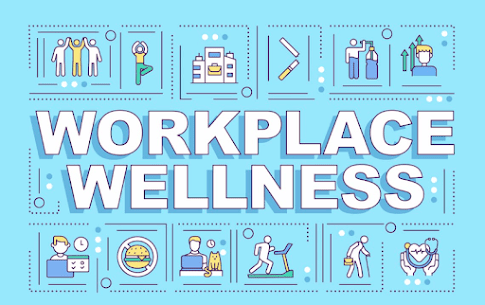In today’s fast-paced corporate landscape, the safety and well-being of employees have become paramount. Reducing workplace injuries not only preserves the health of your workforce but also safeguards your business from the costly repercussions of accidents. This blog post takes a deeper dive into the world of Employment Fitness Tests, shedding light on their significance in promoting workplace safety and mitigating injuries and costs.

The High Costs of Workplace Injuries
Every year, workplace injuries cost businesses both financially and in terms of human capital. The statistics are staggering, and the impact on a company’s productivity and employee morale is profound. The financial costs of workplace injuries, including medical expenses and workers’ compensation claims, can be astronomical. But the human costs are immeasurable – pain, suffering, and the burden of lost productivity.
Workplace injuries don’t just affect the individual employee; they can disrupt the entire team’s workflow, leading to reduced productivity, morale, and increased absenteeism. Preventing these injuries is not just an ethical imperative but also a smart business decision which is why corporate wellness programs have become common place in todays work enviroments.
The Role of Employee Health in Injury Prevention
Employee health plays a significant role in preventing workplace injuries. Healthy, fit employees are less likely to get injured on the job, and they tend to recover faster if accidents do occur. Investing in employee health not only reduces the frequency and severity of injuries but also has a positive impact on employee morale and job satisfaction.
Understanding Employment Fitness Tests
Employment Fitness Tests are a crucial tool in evaluating the physical capabilities of prospective employees. These tests are designed to assess an individual’s physical fitness and ensure that they can safely perform the essential job functions. The components of these tests may vary depending on the specific job requirements, but they typically include assessments of strength, flexibility, cardiovascular health, and other relevant factors.
Benefits of Employment Fitness Tests
The benefits of Employment Fitness Tests are multifaceted and extend to both employees and employers. Let’s explore some of these benefits in detail:
- Promoting Physical Fitness and Health: Employment Fitness Tests encourage individuals to maintain and improve their physical fitness. By undergoing these assessments, job candidates are motivated to stay in good shape, which can lead to better overall health.
- Identifying Potential Injury Risks: These tests help identify any physical limitations or conditions that might pose a risk in a particular work environment. By detecting potential issues early, employers can make informed decisions about job placement and provide appropriate accommodations if necessary.
- Making Informed Hiring Decisions: Employment Fitness Tests provide employers with valuable data to assess a candidate’s suitability for a specific role. This data can inform hiring decisions and help match the right person to the right job, reducing the risk of injury.
- Reducing the Risk of Workplace Injuries: By ensuring that employees are physically capable of performing their job tasks, Employment Fitness Tests significantly reduce the likelihood of workplace injuries. This proactive approach is not only a cost-effective strategy but also a life-saving one.
Legal and Ethical Considerations
When implementing Employment Fitness Tests, it’s essential to navigate legal and ethical considerations. Ensuring compliance with labor laws and regulations, protecting employee rights, and preserving their privacy are paramount. Employers must strike a balance between promoting workplace safety and respecting individual rights.
Implementing Employment Fitness Tests in Your Organization
If you’re considering implementing Employment Fitness Tests in your organization, here are some practical steps to get you started:
- Assess Your Needs: Begin by assessing the physical requirements of each job within your organization. Identify the essential functions that candidates must be able to perform safely.
- Customize Tests: Work with experts and healthcare providers to develop tests that align with your job requirements. These tests should be tailored to your unique business needs.
- Incorporate Tests into Hiring Process: Integrate Employment Fitness Tests into your hiring process. Ensure that candidates undergo these assessments before receiving a job offer.
- Provide Accommodations: If candidates require accommodations due to physical limitations or medical conditions, make sure your organization is equipped to provide them.
Measuring the ROI of Injury Prevention
Measuring the return on investment (ROI) of injury prevention through Employment Fitness Tests is not just about dollars and cents; it’s about preserving the health and well-being of your workforce. The long-term impact on your company’s bottom line is significant. By reducing injuries and their associated costs, you’re protecting your most valuable asset – your employees.
Conclusion
Reducing workplace injuries is not only an ethical responsibility but also a strategic decision for any organization. Employment Fitness Tests provide a practical and effective means to ensure a safer, healthier workplace as part of a companies corporate wellness strategy. By promoting employee health and making informed hiring decisions, businesses can not only save costs but also improve overall productivity and morale. Prioritizing workplace safety is an investment that pays dividends, benefiting both the bottom line and the well-being of employees.

